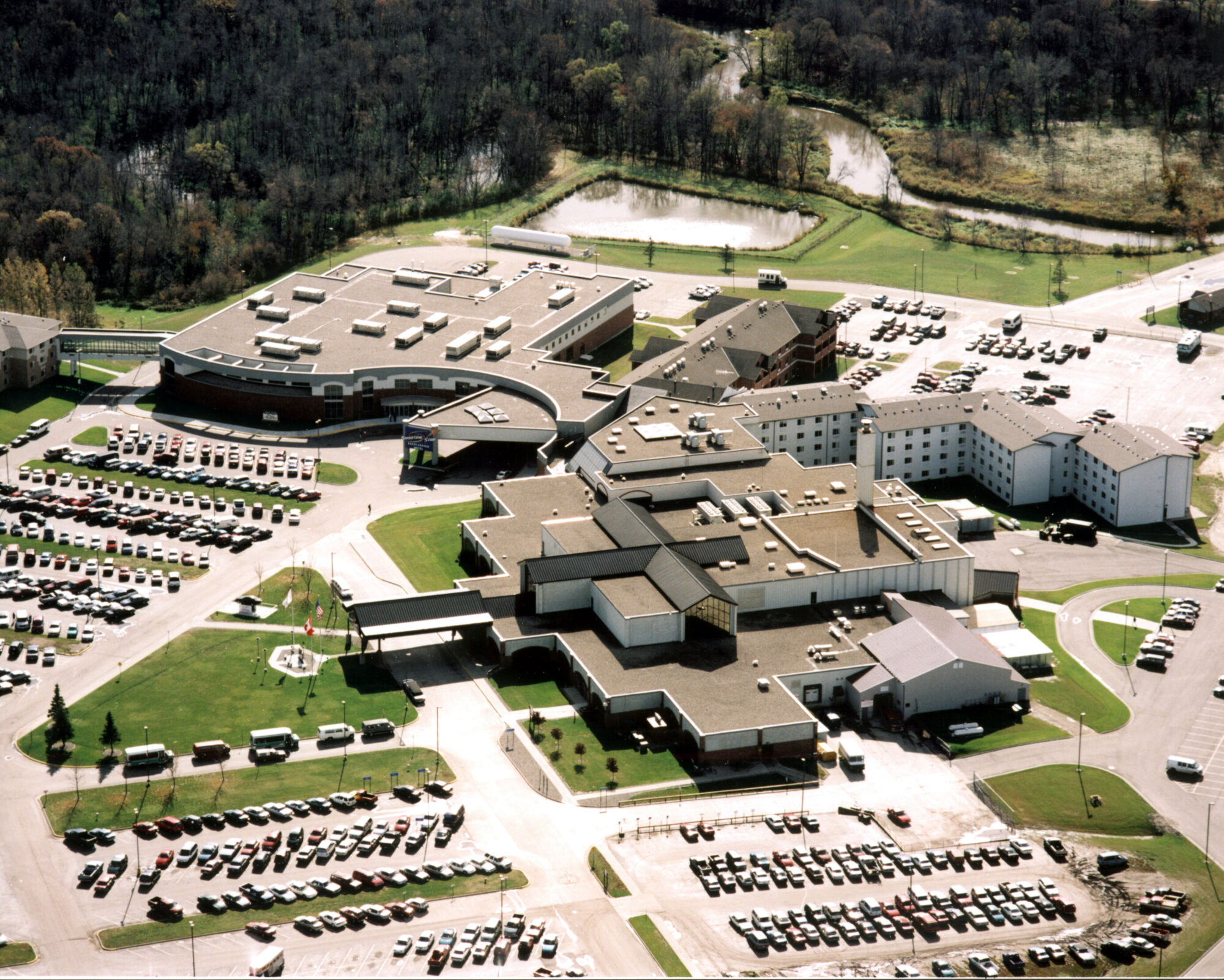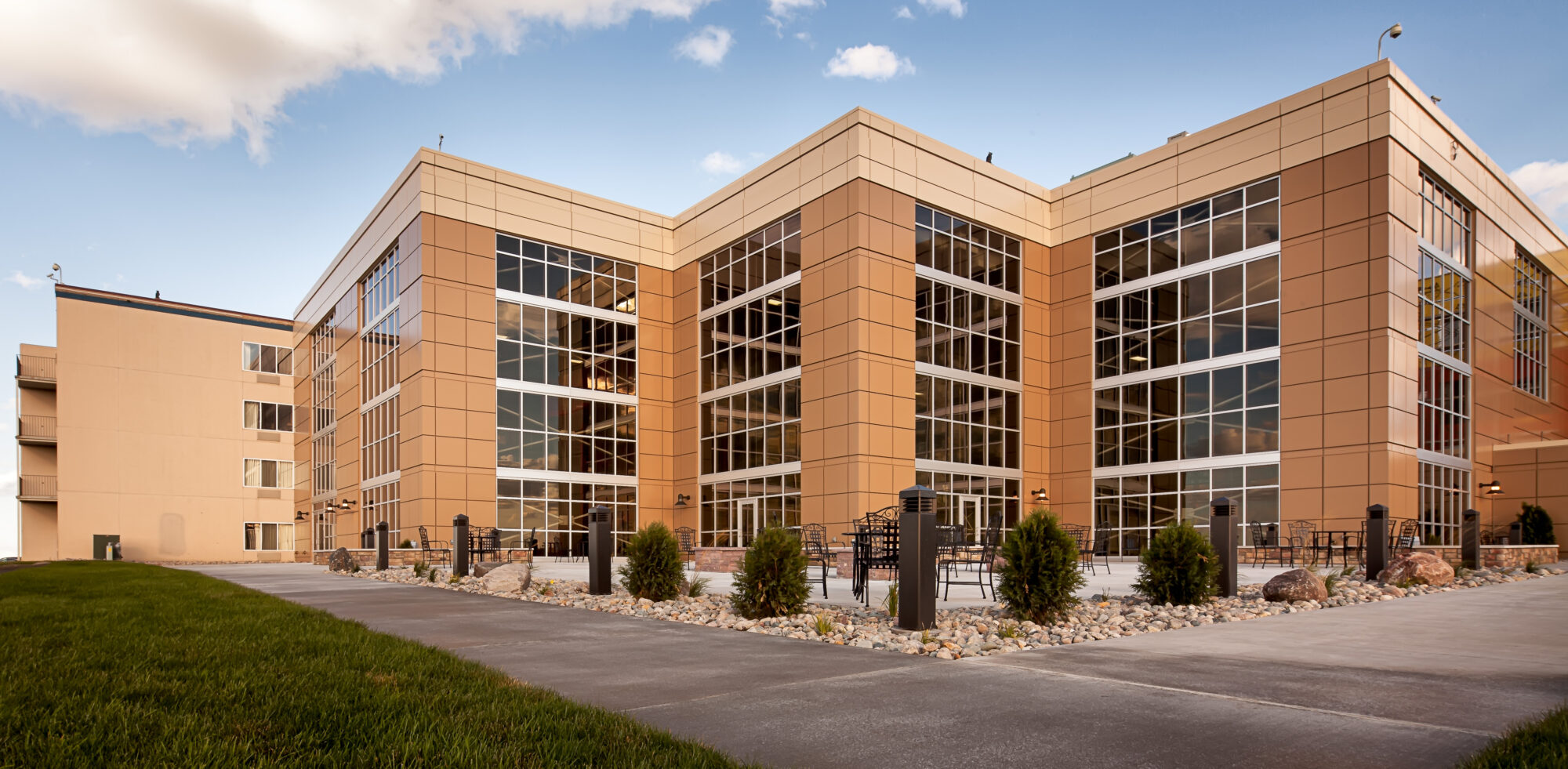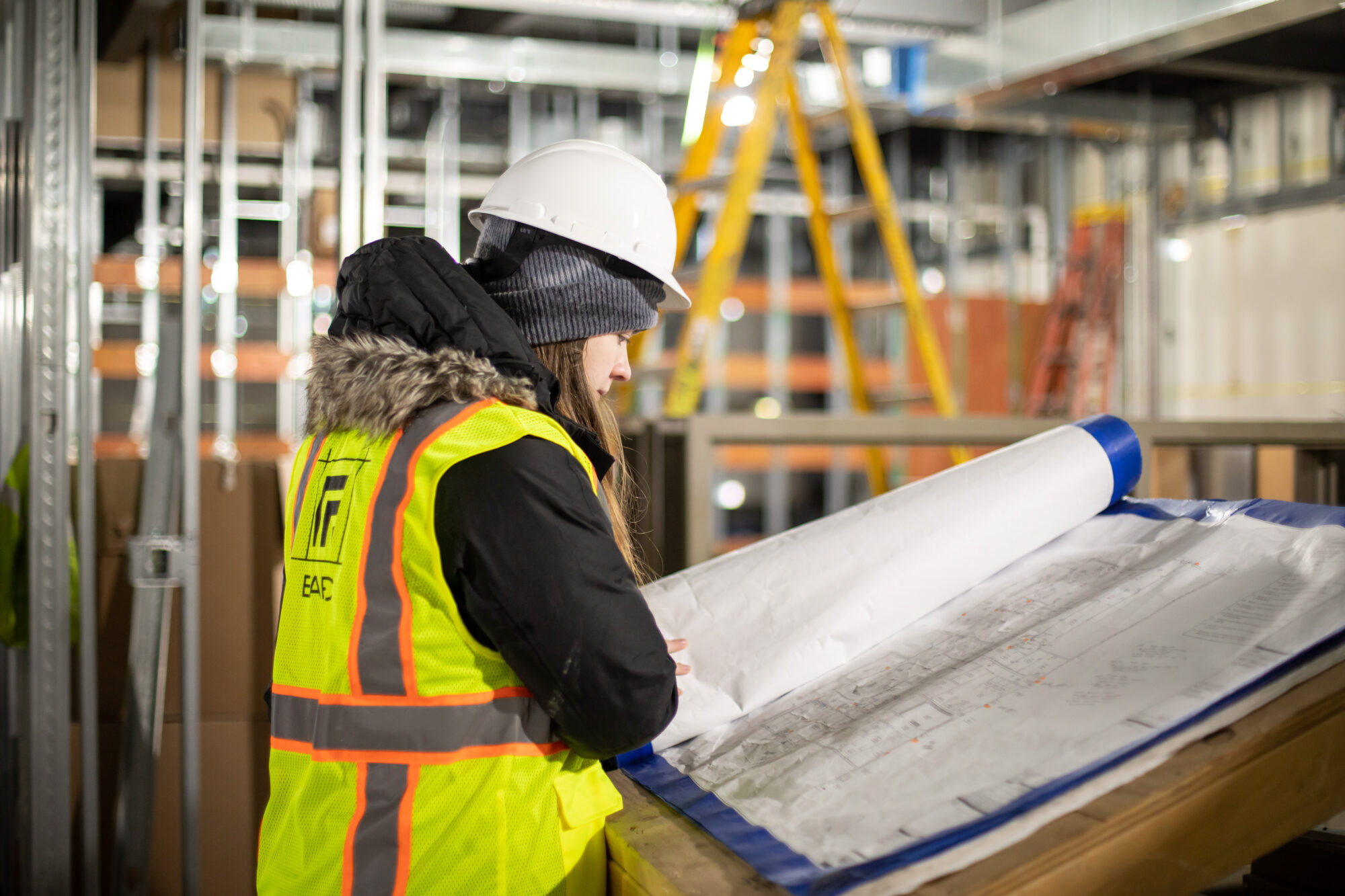Building Smarter, Living Better: The New Era of Smart Building Architecture
Smart appliances – smart phone – smart building. Many of the products we use and places we go are becoming “smarter”, so what is really meant by this term?
Conducting an online search yields various explanations, including one from AutoDesk, a notable software product and service provider. They define a smart building as a facility that employs sophisticated technologies to monitor, analyze, and enhance its functionality. Essentially, the “smart” aspect is achieved by integrating digital technologies and services across the building. This integration facilitates the gathering of valuable data, which aids owners in making informed decisions to optimize the building’s performance.
What type of information is being gathered? Every project is nuanced, but there are several general categories of information that EAPC applies to each project.
Energy Efficiency and Reduced Energy Costs:
-
- The Shooting Star Casino had a goal to reduce energy use costs. EAPC worked with them to design an ice storage system. This allows the system to use electricity during off-peak hours to create and store ice. That ice is then ultimately used to remove heat air as it moves through the air conditioning system, providing cooler air and contributing to user comfort. The other benefit is reducing the stress on the power grid during the peak daytime hours.

Automated Systems:
- A great example is the automation of lighting within the building and the use of occupancy sensors. A complete building automation can regulate lighting to correlate with the building user’s schedule. And occupancy sensors are a great way to control lighting for use only when a space is in use.
Data Analytics and Benchmarking:
- One of the primary ways to gain information is through the installation of sensors or meters. It also provides information for which to compare, establishing the benchmark. For example, many projects meter water usage with some including secondary meters to measure different types of water use. This information then allows an owner to identify irregularities that may be caused by a possible water leak or needed repair for equipment or fixtures.
Connectivity and interoperability:
- Direct Digital Control systems provide a central gathering place for information on the operation of a heating, ventilation, and air conditioning system. This information can then inform one another, calling for equipment to operate only when needed.
Occupant experience, comfort, and well-being
- Even glazing can be automated to respond to the amount of available daylight. EAPC’s Spirit Lake Casino project in St. Michael, ND incorporated “smart” glazing, that uses electrical charges to change the tint of the glass, which can reduce glare and solar heat gain when needed.

Safety and Security
- Access control is critical for many facilities and an automated door control system can do everything from telling the owner when a door has been open too long to who entered through the door.
Maintenance and Operations Optimization
- EAPC is proud to provide LEAN planning services, a strategic approach focused on maximizing customer value while minimizing waste, essentially doing more with less. It emphasizes key principles like understanding customer value, streamlining processes, ensuring smooth workflow, and continuous improvement.
Sustainability and Resiliency
- Sustainability is a holistic approach to building design. It expands beyond the categories noted above, from examining the materials used to the management of stormwater run-off from a site.
The EAPC team strives to respond to each of these categories as the benefits of smart building architecture are manifold and compelling. According to the American Council for an Energy-Efficient Economy (ACEEE), a smart building with integrated systems can achieve energy savings of 30-50% compared to less efficient structures.
Looking towards the future, the essence of smart building architecture lies in its seamless integration of advanced technology, operational efficiency, and a deep focus on the needs and well-being of occupants. This approach transcends mere adaptation to market trends; it’s a forward-thinking movement towards redefining buildings as more than mere physical structures. These buildings evolve into dynamic, interactive spaces that actively contribute to enhancing the daily lives of their users. At EAPC, we’re in the business to design and plan a holistic building, thoughtfully tailored to align with the evolving use of technology. Our commitment is to forge spaces that are not only intelligent in design but also enriching in the experience they offer.

